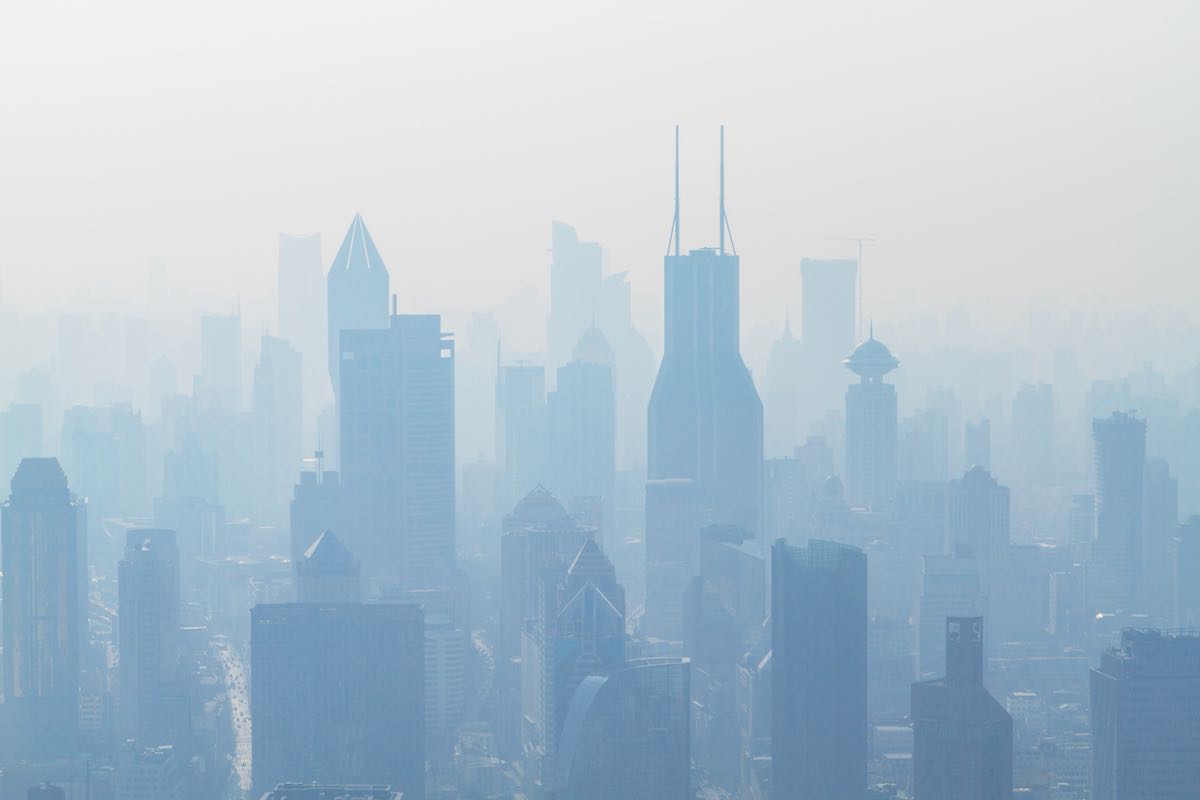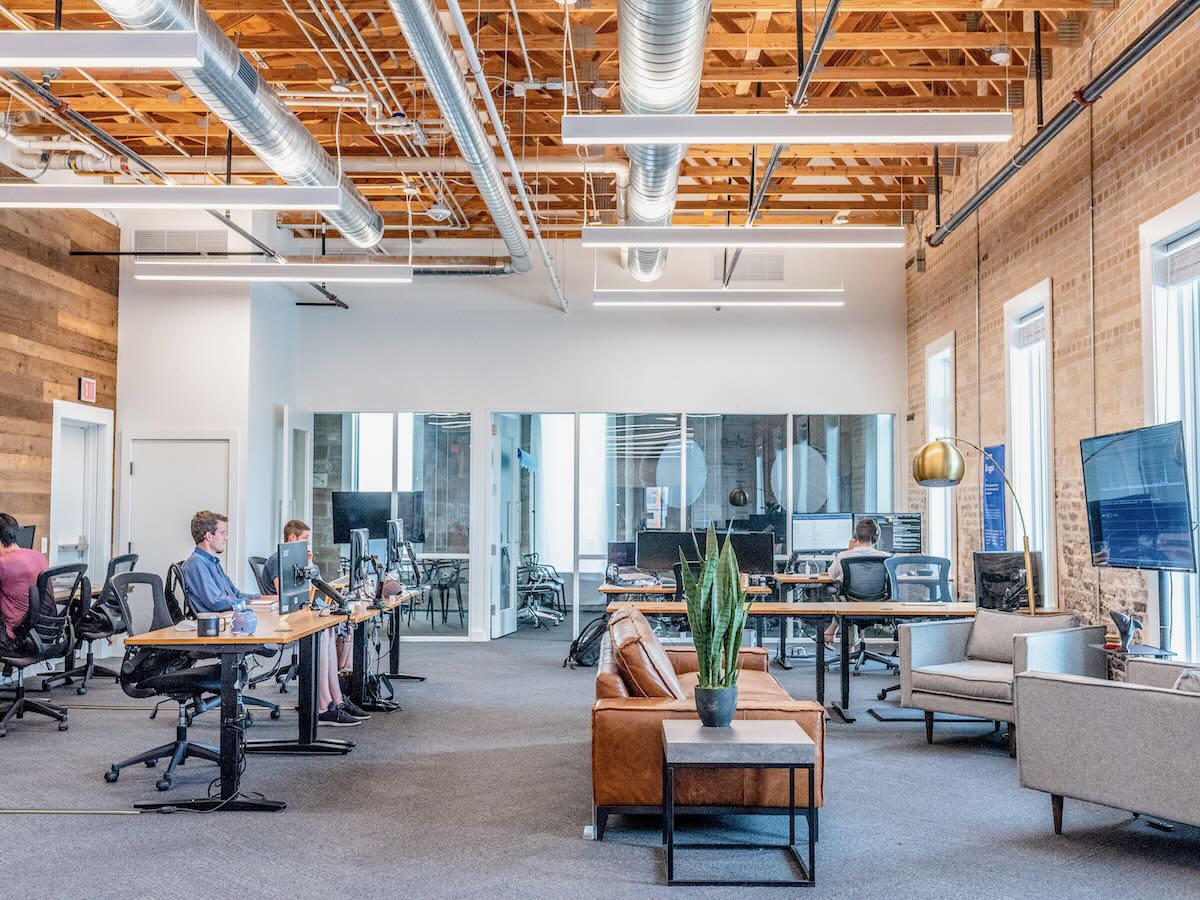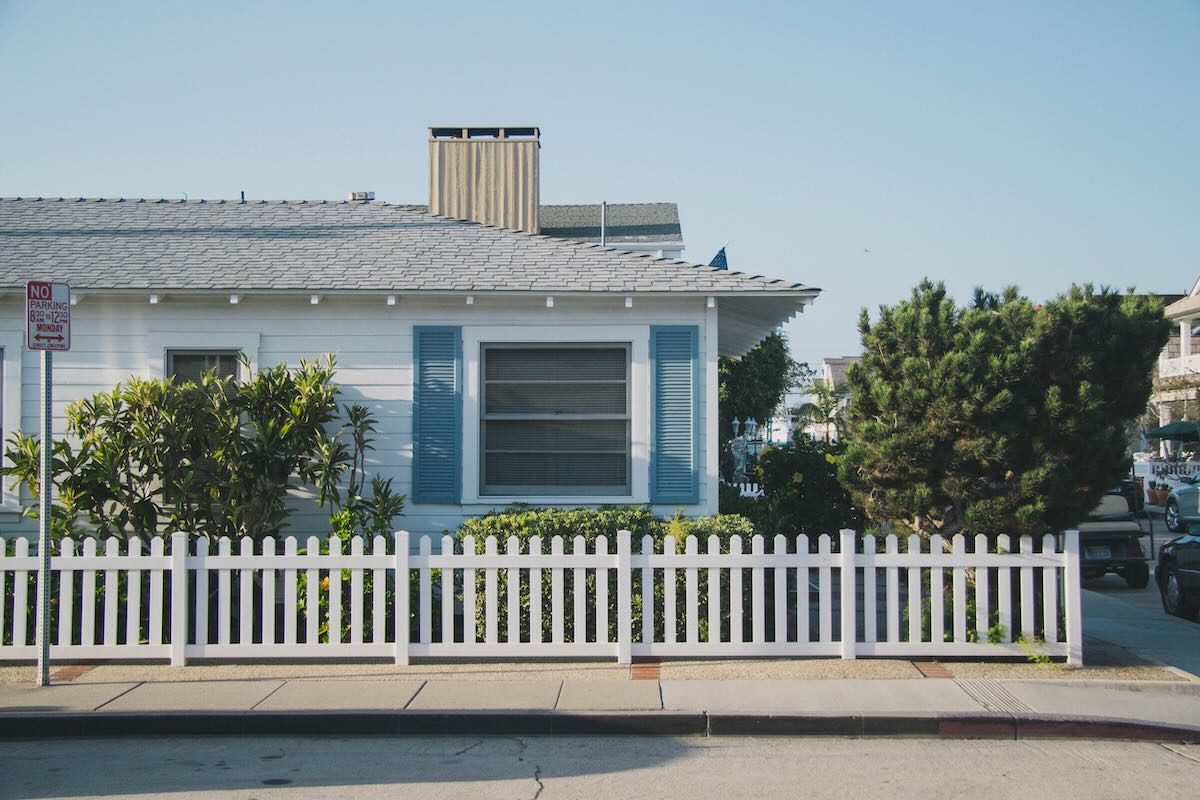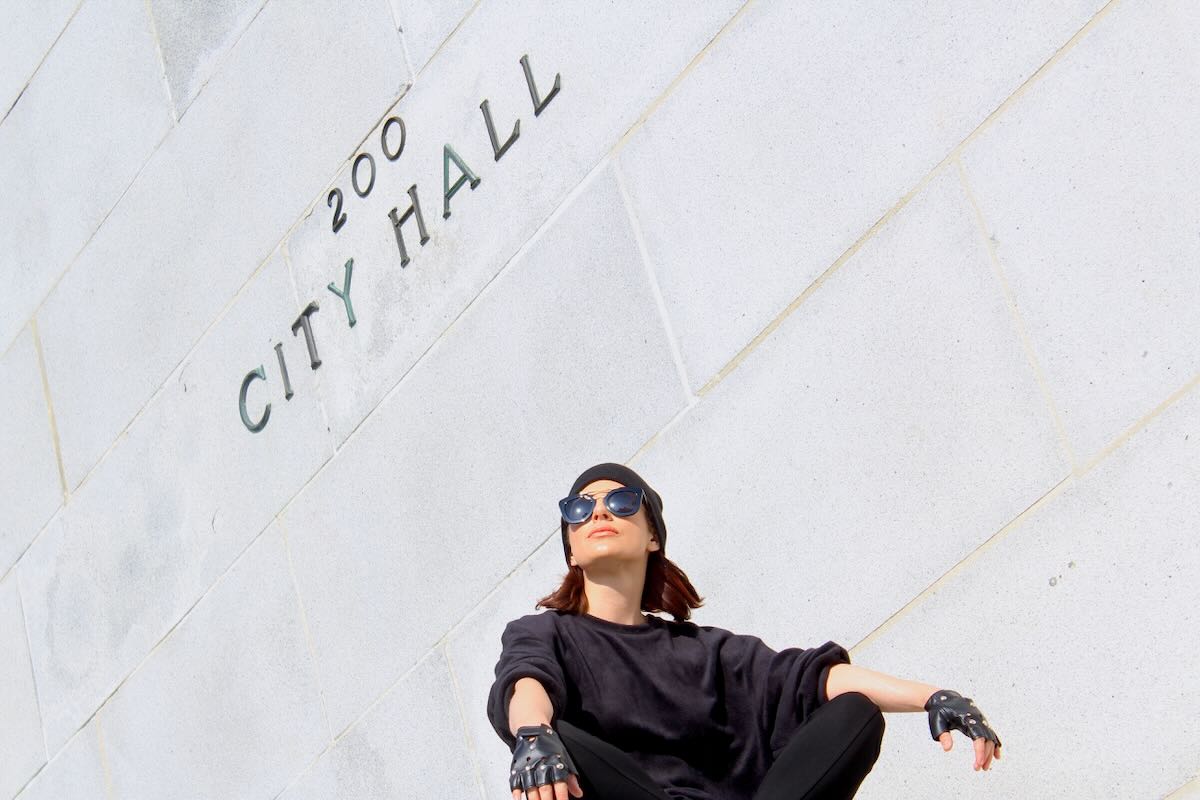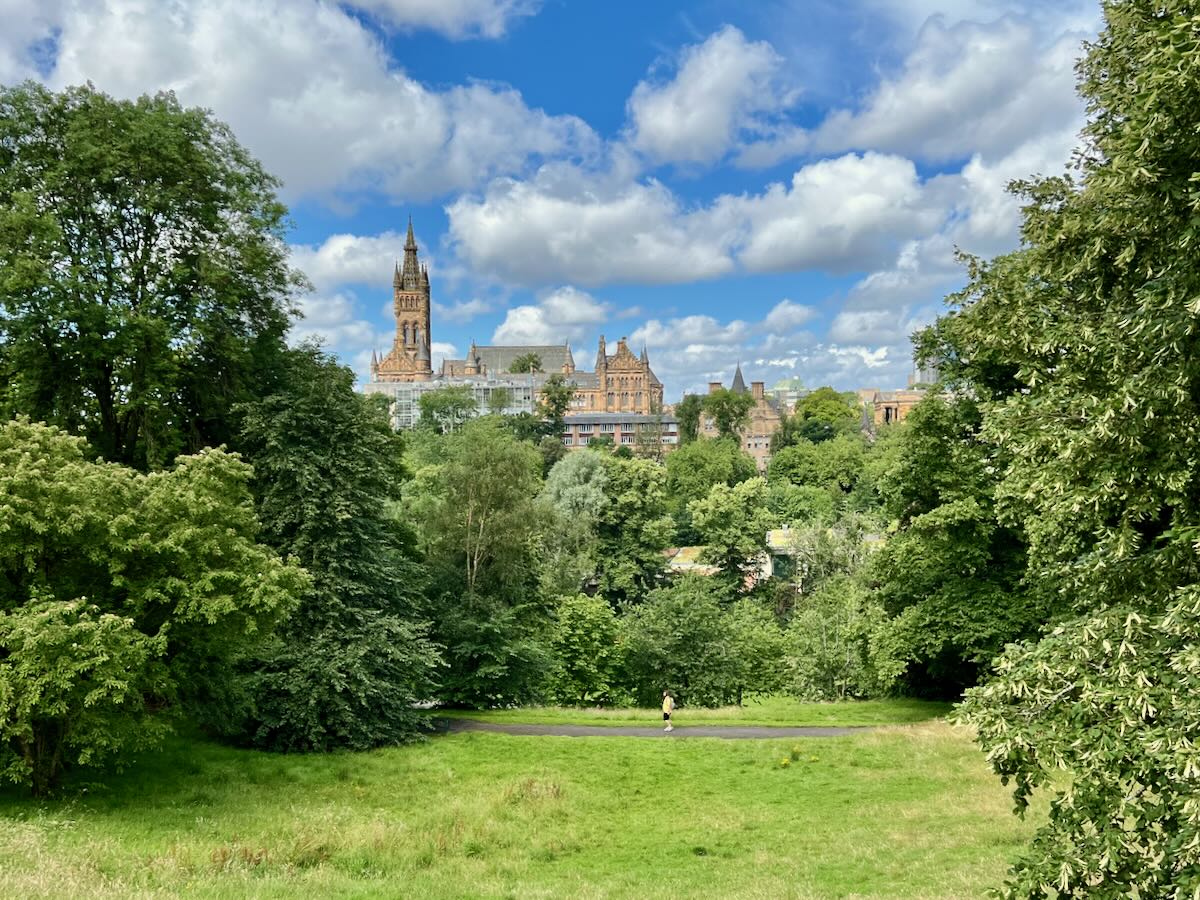Trends in Housing After Covid 19, Issue 2
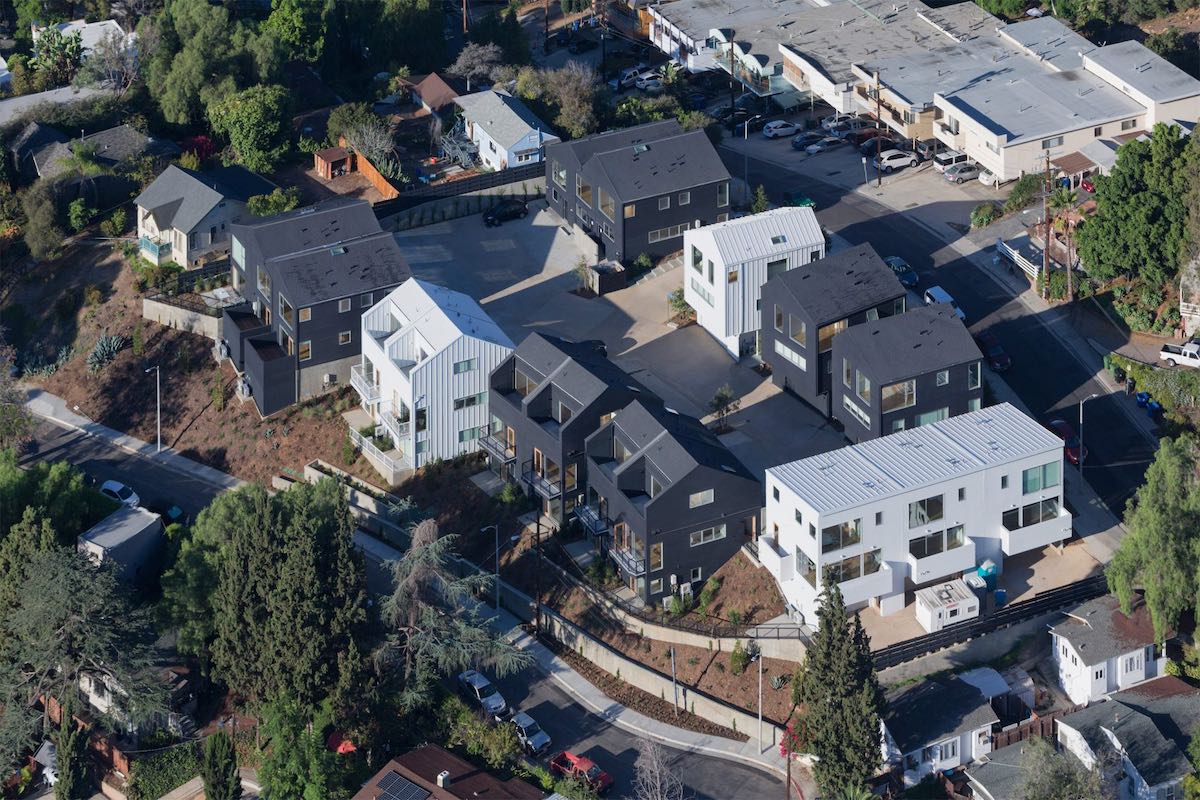
The current COVID-19 pandemic has caused singles, couples, and families to self-isolate and observe social distancing. Employers are requiring employees to work from home. Schools and nurseries are closed.
Luck
I live in a comfortable home with about 2800 square feet (“sf”) of living space. We enjoy an enclosed backyard and generally the weather has been good enough for us to be able to sit outside in our own space, even if it is a bit chilly. I have been working from home for nine years now and so I have a well-equipped home office. We don’t have any school-age children that need care and teaching. We are comfortable, but even so, there is a little bit of cabin fever. As a consequence, I have been thinking about the long term effects that the Coronavirus will have on the types of homes people will choose to live in.
Current trends
- Foreign purchasers and the explosion of the home-sharing industries such as Airbnb, VRBO, and HomeAway added to residential sales and rentals in urban markets.
- Empty nesters have been selling the family home and moving to the city.
- Smaller and smaller residential units to improve affordability. Many of these have tiny kitchens in which it is hard just to make toast and coffee
- Taller and taller buildings
- Luxury amenities such as luxurious guest suites, stainless steel Miele+ appliances, large surface gymnasiums, Italian marble, plunge pools, swimming pools, wine cellars, sparkling water dispensers, and Toto toilets.
- Adult Communities growth has been explosive over the past 20 years. Part of the attraction has been the social aspect of seniors living and escaping the feeling of isolation. Many of the seniors’ residences have been built with generous common areas and well-appointed dining rooms to stimulate social interaction and a feeling of community.
- Co-living developments are the modern day equivalent of the boarding house. Driven by affordability considerations, there have been a growing number of developments in this segment. Features include individual bedrooms and bathrooms with enhanced common areas for cooking, living, entertaining, and work or study.
Will COVID-19 be the genesis of trend changes in housing:
- If offshore buyers stay away and the home-sharing industry implodes, will new residential purchase prices and rental rates fall? Will vacancy rates increase?
- Empty nesters may be very happy to stay in their single family homes and much more reticent to buy a high rise condominium or rent in a downtown apartment building. I think it is likely that condominium prices and apartment rents will fall in city cores as demand eases.
- Imagine living in self-isolation or maintaining social-distancing in a 400 sf space on the 20th floor. When purchased, the space was an affordable and a livable housing solution when the gym, the pool, and other common spaces were available to enjoy. And, the street life and hospitality scene were thriving.
- Does demand increase for larger units? There may be an increased interest to retrofit existing small units with robotic furniture to make them more livable.
- Do residents need an elevator schedule to get outside for a daily constitutional, pick up necessities, or collect an Uber-Eats delivery in the lobby?Will there be a greater interest in units on lower floors?
- Co-living was becoming a necessary housing solution. For many young people just starting careers and many in lower paying jobs it was a way to have good quality living space in urban areas. I am not sure how COVID-19 will impact this sector? Does self-isolation limit residents to their rooms or are 10 people sharing a co-living space “group isolated”?
Some Possiblities
If I were looking to buy a condominium or rent an apartment, my interest would be in the first three to four floors. I love the views that higher floors provide but I prefer lower floors for living. European cities have very dense residential neighbourhoods with four and five floor buildings. I know this is not easy to emulate everywhere but residential buyers may be looking for apartments where taking the stairs is a real and attractive option and where limited service elevators, say from the second to the fourth floor in a five-storey building, is enough vertical lift . I have seen this in Lisbon and London.
There remains a continued need for senior living facilities. However, many of the residents in existing facilities were locked down in living spaces much smaller than in their previous homes. They were without access to the generous and luxurious common areas previously enjoyed. Operators will have to overcome the news coverage that created the perception that these complexes can quickly become incubators of disease – the cruise industry will have the same problem. So, will seniors living in a house but considering a move to a residence postpone that decision for several years. Will there be more village concepts and fewer high-rise complexes?
What Happens Next?
I do think it is far too easy to think that buying habits will immediately revert to what they were before the Coronavirus. And, is there linkage to the fear of extreme weather events? Whether that fear is rational or not does not matter. There will be psychological impacts lasting years that will change the way people look at shelter. There will changes to trends in housing after Covid-19.
Wash your hands, practice social distancing, hydrate, and exercise! Keep well!
